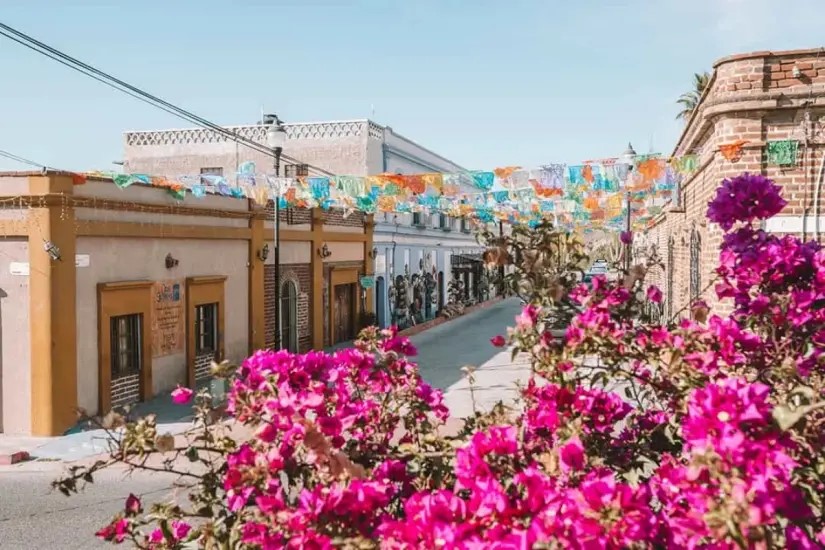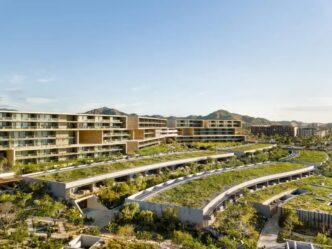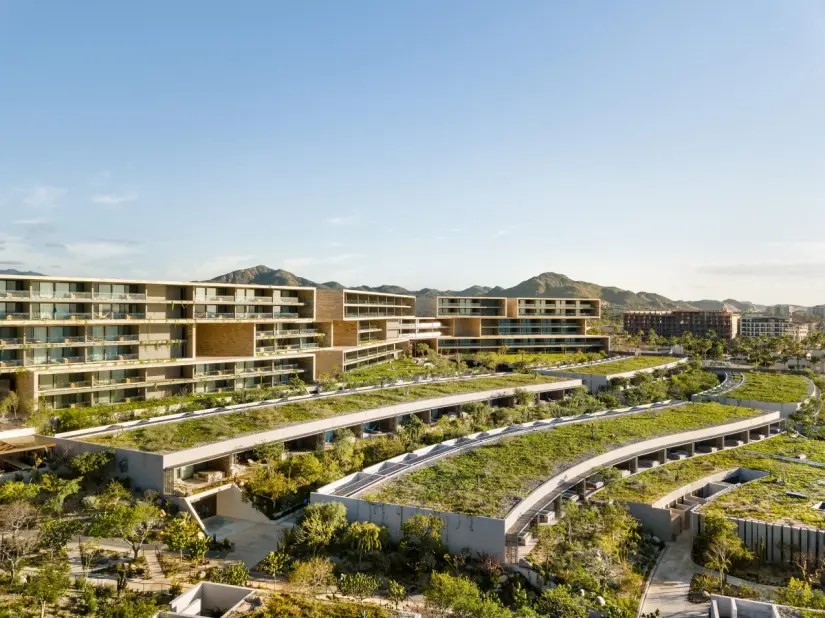From the heritage of the colonial era to the appeal of luxury tourism, Baja California Sur’s architecture reflects a unique ability to adapt to its dramatic desert landscapes and extreme climate. While the region’s pristine beaches and vast deserts have long captivated visitors, its challenging environment has inspired architectural solutions that blend seamlessly with both nature and culture.
This fusion of history and modern design has given Baja California Sur a distinctive architectural identity. Colonial influences coexist with contemporary developments, many of which emphasize energy efficiency and sustainability, appealing to a growing wave of eco-conscious travelers.
The region’s colonial legacy remains visible in historic structures such as the Mission of Our Lady of Loreto, the Mission of San Javier, and the Mission of San Ignacio, built by Jesuit, Franciscan, and Dominican missionaries.

In response to the harsh desert climate, early inhabitants developed building techniques that still endure today. Traditional adobe homes, palm-thatched roofs, and thick stone walls provided insulation against the heat. Towns like Todos Santos and Mulegé showcase homes crafted from palm, stone, red brick, a highly thermal material, and mesquite wood, reflecting generations of adaptation to the environment.
Today, as Los Cabos thrives as Baja California Sur’s premier tourist destination and one of Mexico’s top vacation spots, its architecture continues to evolve. The area offers a wide range of accommodations, from luxurious beachfront resorts and exclusive residences to eco-friendly developments and boutique hotels that merge sustainability with upscale design.
Across the region, new projects increasingly reflect a commitment to sustainability, energy efficiency, and minimal environmental impact, while embracing the striking desert and coastal surroundings.
In towns like Todos Santos, designated as a “Pueblo Mágico,” preserving the historic charm is essential.



